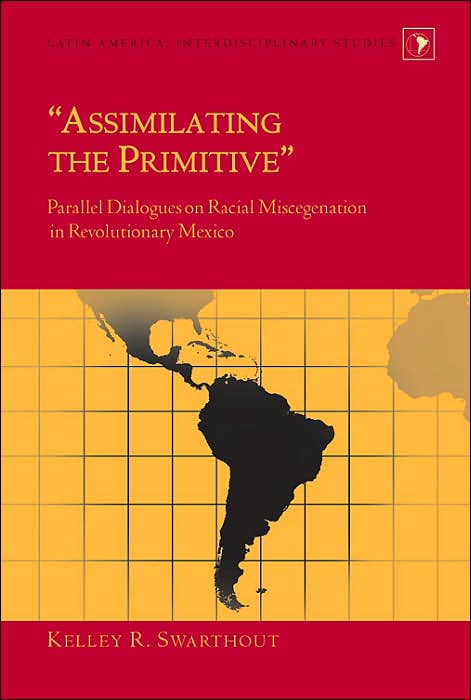One of the Family: Metis Culture in Nineteenth-Century Northwestern SaskatchewanPosted in Anthropology, Books, Canada, History, Identity Development/Psychology, Media Archive, Monographs, Religion on 2010-04-07 03:57Z by Steven |
One of the Family: Metis Culture in Nineteenth-Century Northwestern Saskatchewan
University of British Columbia Press
2010-02-22
360 pages
Hardcover ISBN: 978-0-7748-1729-5
Brenda Macdougall, Chair in Métis Studies
University of Ottawa
In recent years there has been growing interest in the social and cultural attributes that define the Metis as both Aboriginal and a distinct people. The study of Metis identity formation has also become one of the most innovative ways to explore cultural encounters and change in North American history and anthropology.
In One of the Family, Brenda Macdougall draws on diverse written and oral sources and employs the concept of wahkootowin—the Cree term for a worldview that privileges family and values relatedness between all beings—to trace the emergence of a distinct Metis community at Île à la Crosse in northern Saskatchewan. Wahkootowin describes how relationships in the nineteenth century were supposed to work and helps to explain how the Metis negotiated with local economic and religious institutions while creating and nurturing—through marriage choices and living arrangements, adoption and the selection of godparents, economic decisions and employment—a society that emphasized family obligation and responsibility.
This path-breaking study showcases how one Metis community created a distinct identity rooted in Aboriginal values about family and shaped by the fur trade and the Roman Catholic Church. It also offers a model for future research and discussion that will appeal to anyone interested in the history of the fur trade or Metis culture and identity.
Table of Contents
- List of Illustrations
- Acknowledgments
- Note on Methodology and Sources
- Note on Writing Conventions
- Introduction
- Chapter One: “They are strongly attached to the country of rivers, lakes, and forests”: The Social Landscapes of the Northwest
- Chapter Two: “The bond that connected one human being to another”: Social Construction of the Metis Family
- Chapter Three: “To live in the land of my mother”: Residency and Patronymic Connections Across the Northwest
- Chapter Four: “After a man has tasted of the comforts of married life this living alone comes pretty tough”: Family, Acculturation, and Roman Catholicism
- Chapter Five: “The only men obtainable who know the country and Indians are all married”: Family, Labour, and the HBC
- Chapter Six: “The HalfBreeds of this place always did and always will dance”: Competition, Freemen, and Contested Spaces
- Chapter Seven: “I Thought it advisable to furnish him”: Freemen to Free Traders in the Northwest Fur Trade
- Conclusion
- Appendix
- Glossary
- Notes
- Bibliography
- Index of Names
- Index of Subjects






